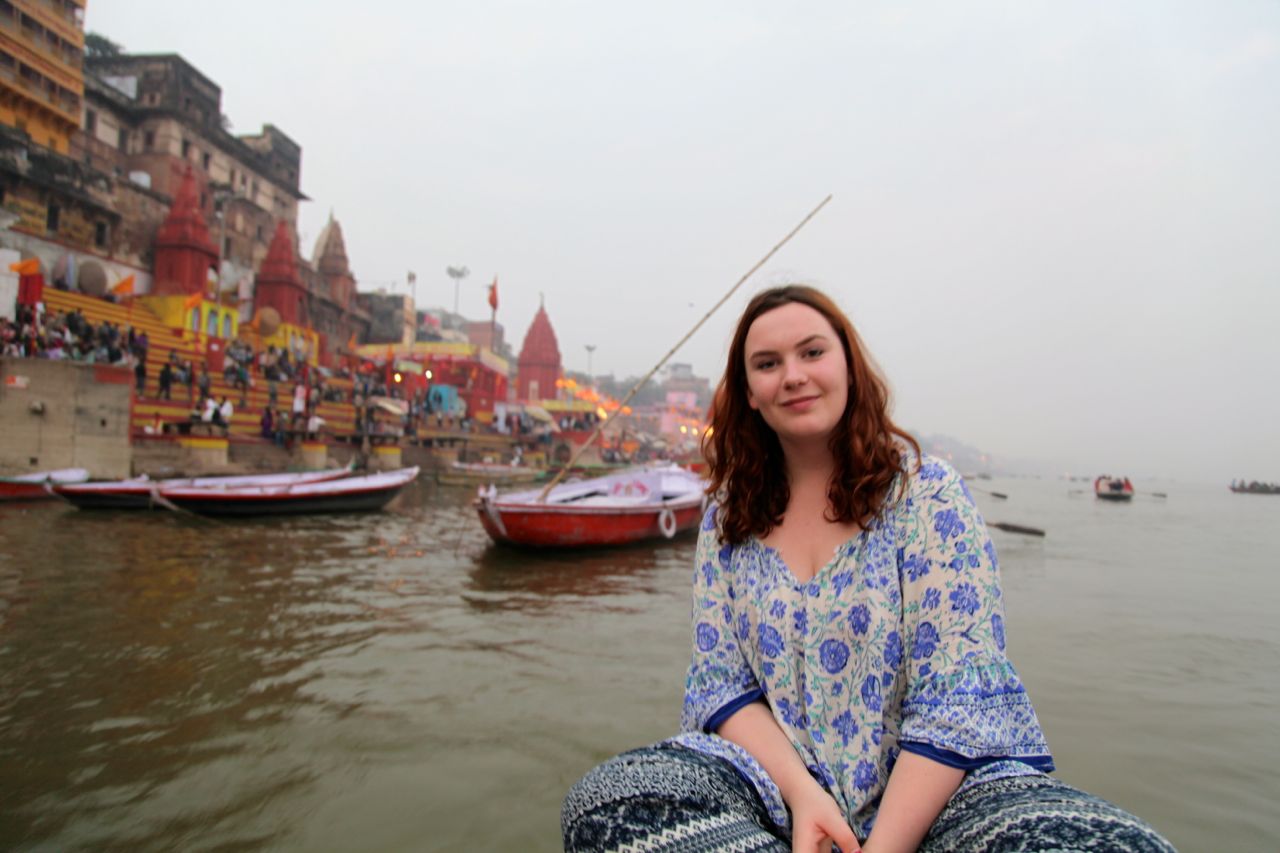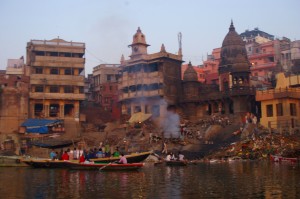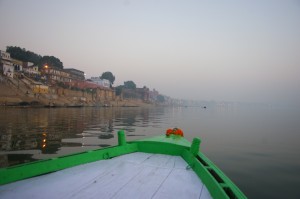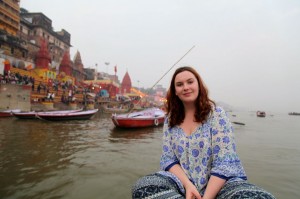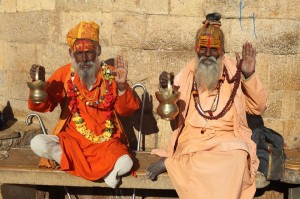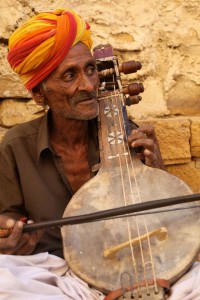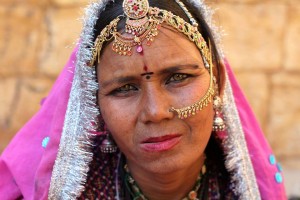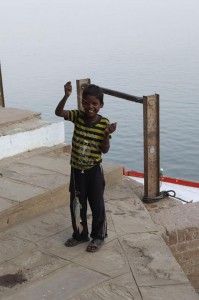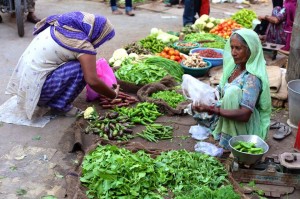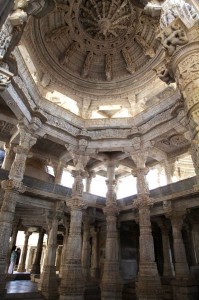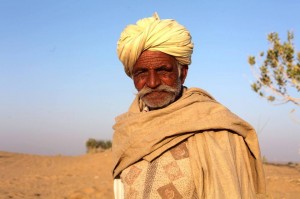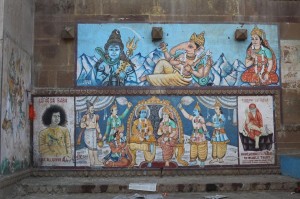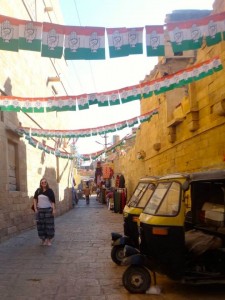Two of my last posts are about Design Fiction and my travels to India. While writing my post on India, during the period of time that I was studying Design Fiction, I was struck by a connection between the two-albeit an abstract one. (Very abstract.)
I live in Australia and I live an Australian lifestyle that is very separated from the lifestyles of Indian people living in India.
For me, India is another world, almost like the speculative worlds that we discuss in Design Fiction.
I was almost like the product, the design that was thrust into a speculative world to see how I would react and how I affected the world around me.
The flaw in this theory is that I am not a piece of technology or a design, I am one person and I didn’t have a huge influence on the society around me. However, the society did have a big impact on me.
Travel is like reverse Design Fiction.
